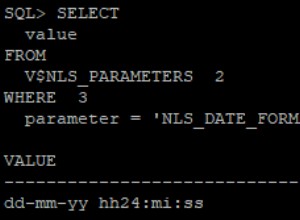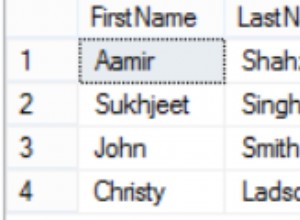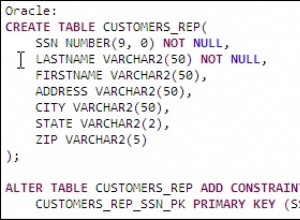Nó có thể được thực hiện với phương pháp Tabibitosan. Chạy cái này để hiểu nó:
with a as(
select 1 slno, 'A' pg from dual union all
select 2 slno, 'A' pg from dual union all
select 3 slno, 'B' pg from dual union all
select 4 slno, 'A' pg from dual union all
select 5 slno, 'A' pg from dual union all
select 6 slno, 'A' pg from dual
)
select slno, pg, newgrp, sum(newgrp) over (order by slno) grp
from(
select slno,
pg,
case when pg <> nvl(lag(pg) over (order by slno),1) then 1 else 0 end newgrp
from a
);
Newgrp có nghĩa là một nhóm mới được tìm thấy.
Kết quả:
SLNO PG NEWGRP GRP
1 A 1 1
2 A 0 1
3 B 1 2
4 A 1 3
5 A 0 3
6 A 0 3
Bây giờ, chỉ cần sử dụng nhóm theo số lượng, để tìm nhóm có số lần xuất hiện tối đa:
with a as(
select 1 slno, 'A' pg from dual union all
select 2 slno, 'A' pg from dual union all
select 3 slno, 'B' pg from dual union all
select 4 slno, 'A' pg from dual union all
select 5 slno, 'A' pg from dual union all
select 6 slno, 'A' pg from dual
),
b as(
select slno, pg, newgrp, sum(newgrp) over (order by slno) grp
from(
select slno, pg, case when pg <> nvl(lag(pg) over (order by slno),1) then 1 else 0 end newgrp
from a
)
)
select max(cnt)
from (
select grp, count(*) cnt
from b
group by grp
);




